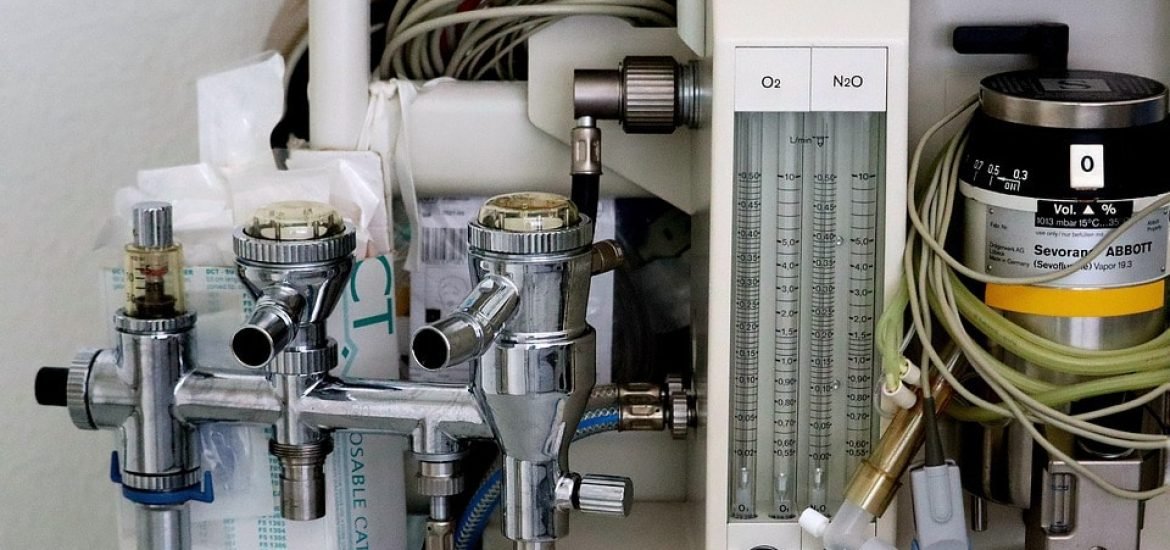
Researchers from Pedro Hispano Hospital in Matosinhos, Portugal, developed a new method to capture and recycle used anaesthetic gases, according to results presented at Euroanaesthesia 2021, the annual meeting of the European Society of Anaesthesiology and Intensive Care (ESAIC).
Recent data shows that the medical system is responsible for 5-10% of greenhouse gas emissions, with anaesthetic gases representing about 5% of those emissions. “Most of the anaesthetic gas a patient breathes in isn’t metabolised but exhaled, resulting in potent greenhouse gas emissions into the atmosphere,” said Dr. Ana Castro, one of the researchers involved in this work.
To limit these emissions, Dr. Castro and her team developed a new system to capture these gases in partnership with Baxter-ZeoSys. The idea behind this system is to reuse the gases as long as possible, which means the waste is never released into the atmosphere. The used gases can be reused for other purposes or even in future anaesthetics.
To test this idea, the team used gas canisters with highly porous adsorbent material to catch the waste gases from four machines at the Pedro Hispano Hospital. After collecting 99% of waste gases, the canisters were sent to an industrial unit to purify the gases for further use. The installation and general operation are safe and straightforward, and initial tests showed that the air quality in the operating theatre was normal, indicating that the system didn’t interfere with the air quality.
There are still some issues to solve, including alarms that should go off when the canisters are full can be easily “fooled” by disinfectants in the operating theatre. The system can be used with desflurane, sevoflurane, and isoflurane, which are some of the most common gases used in anaesthesia. At the moment, these canisters are not compatible with nitrous oxide, which is still occasionally used. Overall, the team showed that this system, which can be used safely and with minimal interference in the operating theatre, is ideal for reducing greenhouse gas emissions.
“Climate change is the biggest health challenge of the 21st century. Every industry is trying to reduce their carbon footprint, and healthcare should be no different. There are a lot of uncertainties in this world, but the need for healthcare to do its bit in combating pollution is not one of them,” said Dr. Castro. “Applying the concept of the circular economy to anaesthetic gases could create a paradigm shift in how we view and manage the environmental impact of anaesthesia.”